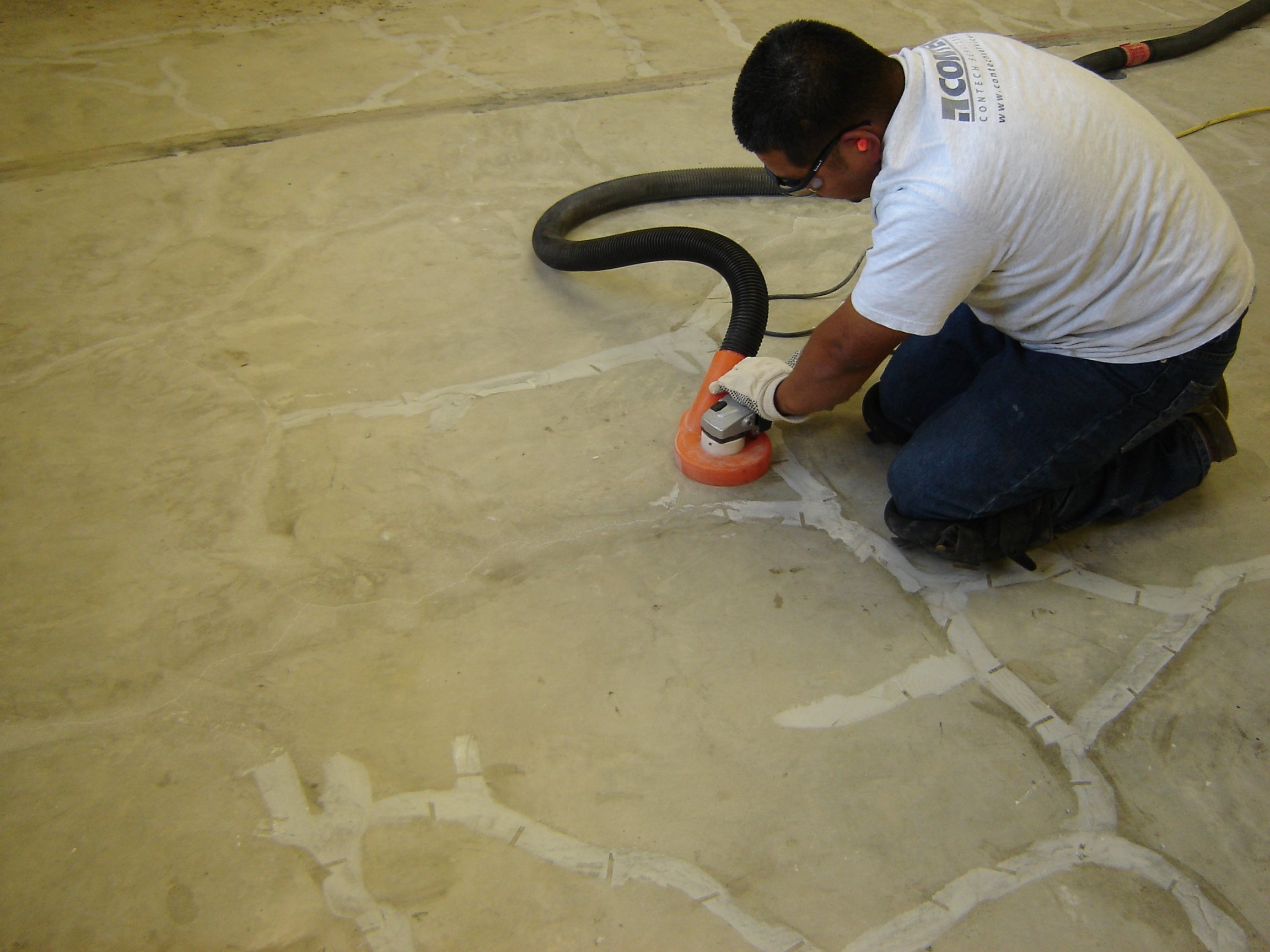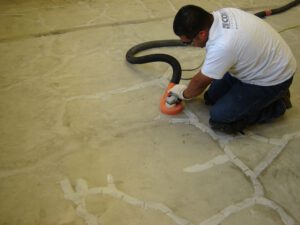Sealcoating is an easy and inexpensive way to extend the life of a new or old asphalt driveway. Regularly applying a seal coat keeps your pavement looking great and protects it from the elements.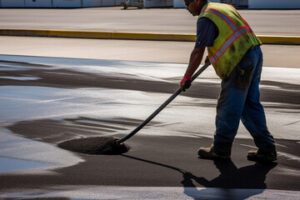
Before you apply your first coat of seal coating, it’s essential to clean the surface thoroughly. Remove all debris, including loose pebbles and leaves.
Asphalt pavement will deteriorate if it isn’t seal-coated every few years. A sealcoat keeps your parking lot safe from damage, improves aesthetics, and gives customers a positive first impression of your business. It’s a worthwhile investment.
Before starting the sealcoating process, your workers should put on appropriate personal protective equipment (PPE). A face mask is necessary to protect against harmful fumes and dust released during the spraying. An apron is also required to prevent any spills from getting on their clothing.
The first step is assessing the surface of your driveway or parking lot. Look for grease stains, raised spots, cracks, and other damage that needs to be fixed. You will need to clear any debris that is left on the surface before it can be sealed. A rotary broom will work well for this.
When the area is ready to be worked on, your team can begin preparing the asphalt for sealcoating. The brooming process removes dirt, gravel, and other debris that might prevent the new coating from adhering to the pavement. Before applying the sealer, it must be mixed thoroughly to ensure proper consistency. A concrete mixer is often used for this task, but a simple hand-held mixer will also work.
Coal tar is the main ingredient in sealcoat. This thick liquid consists of hydrocarbons and aromatic compounds. It is used to bind all the other ingredients together, creates a deep black appearance, and provides the strength and elasticity needed to protect your asphalt. Other additives are added to alter the water demand, improve flexibility, and increase resistance to salts and petrochemicals.
Once the sealcoat mix is prepared, the temperature must be right for application. It can’t be too hot or too cold, and the humidity level must be low. If rain is forecast within 24 hours of the application, it’s a good idea to postpone the job until it’s drier.
The final preparation step is ensuring the surface is clean and dry. Your employees should sweep and blow off the surface of the driveway or parking lot before they start applying the sealcoat. This will make sure that the new layer adheres properly to the pavement and that it covers any grease stains or raised spots.
Application
Once the preparation process is complete it is time to start applying the seal coat. Workers use specialized spray equipment to apply the seal coat and must be well versed in a product manufacturer’s specific instructions for application. They also must wear protective clothing including gloves, long sleeves and masks to prevent skin contact and vapor inhalation of the chemicals in the seal coat.
The first step is to spray the seal coat onto the surface of the asphalt, filling in all cracks and holes. Workers must be sure to spray an even layer across the entire surface of the roadway or driveway. Workers must also be careful not to spray on walkways, curbs, or buildings as this can cause serious damage.
Depending on the type of seal coat, it may take 24 to 48 hours for the coat to dry. During this time, the area must be completely closed off to traffic and pedestrians for safety reasons. Workers should also be aware that it is important to allow the seal coat to fully cure and bond with the asphalt before driving on it.
There are two main types of sealcoat available, refined coal tar and asphalt emulsion. The latter is typically cheaper and easier to apply. However, it is not as durable and has less resistance to salts and petrochemicals. Refined coal tar is more expensive, but it provides superior durability and resists the destructive elements of weather, sun’s UV rays, petroleum-based products like gasoline, oil, and salts, and other harsh petrochemicals.
There are many benefits to sealing your paved surfaces, from making them look new again to helping to prevent costly repairs. It is recommended to seal asphalt every two to three years, as it helps to prevent the damage caused by weather and other harmful elements. Whether you own a business with a parking lot or a homeowner with a residential driveway, you can save money and headaches by hiring a professional for regular seal coating services. Avoid purchasing subpar sealcoat materials from your local big box home improvement store and doing it yourself, as this can cause more damage to the paved surface.
Drying
As with any type of painting project, a fresh sealcoat needs to dry completely before you can drive on it or even walk across it without getting your shoes dirty. If the sealcoat isn’t fully dry, you risk damaging your car tires and creating unsightly scuff marks on the asphalt.
It’s important that the surface be dry to the touch and stop releasing odors. You can test this by touching a small area of the surface with your finger. If it feels spongy or moist, it’s still wet and needs more time to dry.
To achieve a long-lasting result, it’s best to allow the sealcoat to dry and cure for a full day. During this process, the water and asphalt emulsions will evaporate, leaving behind a strong film that contains bounded particles that act as a sealant. This is how your pavement will protect against future damage and cracking.
During the drying process, it’s crucial to follow all manufacturer recommendations regarding additives, sand size and application procedures. These guidelines will help ensure the proper consistency and performance of the final product. For example, the sand used in a sealcoat is selected to fit within a specific gradation that produces the desired results. Using too coarse a sand will cause premature wear and reduce the life of the sealcoat, while using too fine a sand will produce a smooth textured finish that doesn’t provide enough traction.
The temperature of the surface is also critical for the sealing process. Asphalt surfaces need to be 50 degrees Fahrenheit or higher for at least 8 hours after the sealcoat is applied in order to dry properly and reach its maximum strength and durability. If you’re applying a new layer of sealcoat in the spring or summer, this means that your driveway will be able to be driven on after about 24 hours.
Additionally, it’s important that the weather conditions are clear to allow for an optimal drying period. Mostly cloudy or rainy conditions may prevent the sealcoat from drying properly, which will reduce its quality. The same is true for high humidity, which can lengthen the drying time and affect how quickly it dries. Humidity can also affect how easily sand or other aggregates stay dispersed in the finished product.
Maintenance
Sealcoating is an inexpensive way to dramatically extend the life of your asphalt pavement. It also helps your driveway or parking lot look better. It gives asphalt a darker color and makes it appear smoother than un-sealed concrete. The coating also repels water and oil so your paved surfaces will be easier to clean and won’t be as prone to deterioration.
However, it’s important to note that a sealcoat is not a permanent solution and will need to be reapplied every 2-5 years depending on climate conditions. A well-applied seal coat can add a decade to the lifespan of your asphalt, so it’s an essential part of maintenance.
The best time to apply a sealcoat is in the spring and summer. This is because it’s easiest to work on the surface when it’s warm and dry. In addition, the sealing process requires at least 24 hours of dry weather for the material to cure properly. This is why you shouldn’t drive on freshly-sealed roads until they’ve had a chance to fully cure.
A properly applied sealcoat will fill small cracks and help to block moisture, sun’s UV rays, and other damaging elements from penetrating the surface of your asphalt. However, if you have large, deep cracks or holes in your asphalt, those will need to be repaired before you can reap the benefits of a new sealcoat.
It’s best to hire professionals to apply a sealcoat for your business’s parking lot or residential driveway. They will have the proper tools and equipment to get the job done quickly and correctly. They will use pressurized spray equipment that applies the seal coat more evenly and in a much shorter amount of time than you could achieve with a broom or blower. They will also be more familiar with a product manufacturer’s specific instructions on applying their brand of sealcoat.
The most common signs that it’s time to reseal your driveway or parking lot are gray patches, weeds, fine cracks and water seepage. Taking these steps can save you a lot of money and hassle in the long run, so it’s worth it to take the time to keep up with regular maintenance.
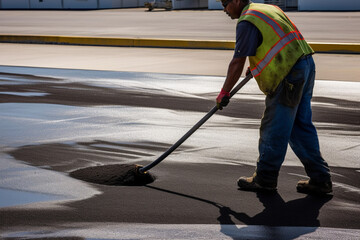
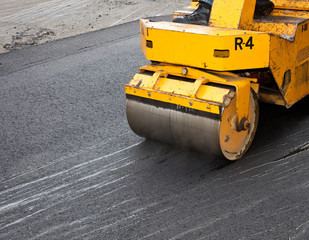
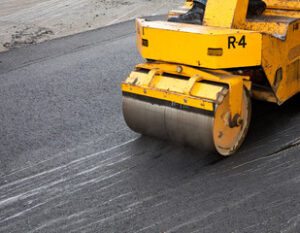
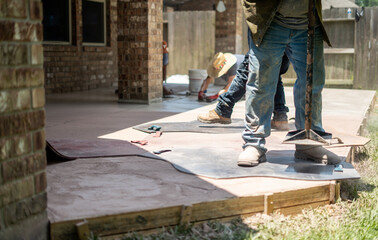
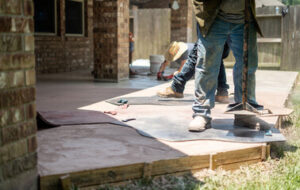 The coloring process usually involves powder or liquid pigments added to the concrete before stamping. A release agent is also used, which prevents the concrete from sticking to the mats.
The coloring process usually involves powder or liquid pigments added to the concrete before stamping. A release agent is also used, which prevents the concrete from sticking to the mats.
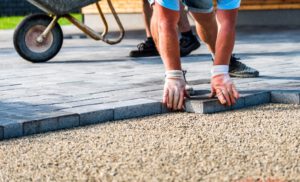

 eCom Babes provides a proprietary strategy called Connective eCommerce that eliminates these issues by combining dropshipping with affiliate marketing. It also shows how to set up compelling Facebook ads that drive sales. Read on
eCom Babes provides a proprietary strategy called Connective eCommerce that eliminates these issues by combining dropshipping with affiliate marketing. It also shows how to set up compelling Facebook ads that drive sales. Read on 


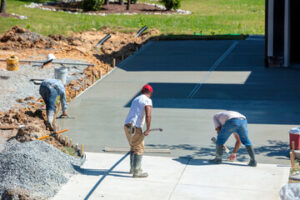 The concrete industry is in high demand because there is a labor shortage to fill the positions needed to complete construction projects. Many large projects, such as the HS2 rail project in the United Kingdom, require massive amounts of concrete to be poured and cured.
The concrete industry is in high demand because there is a labor shortage to fill the positions needed to complete construction projects. Many large projects, such as the HS2 rail project in the United Kingdom, require massive amounts of concrete to be poured and cured.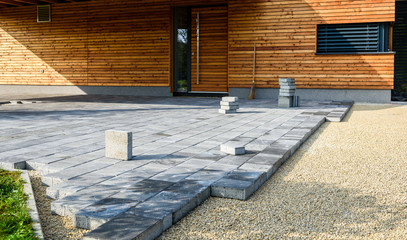
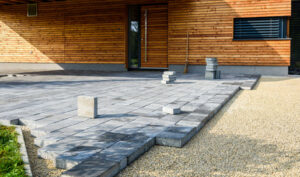 As you can see, a driveway that has been properly maintained and cared for will last you for many years to come.
As you can see, a driveway that has been properly maintained and cared for will last you for many years to come. 